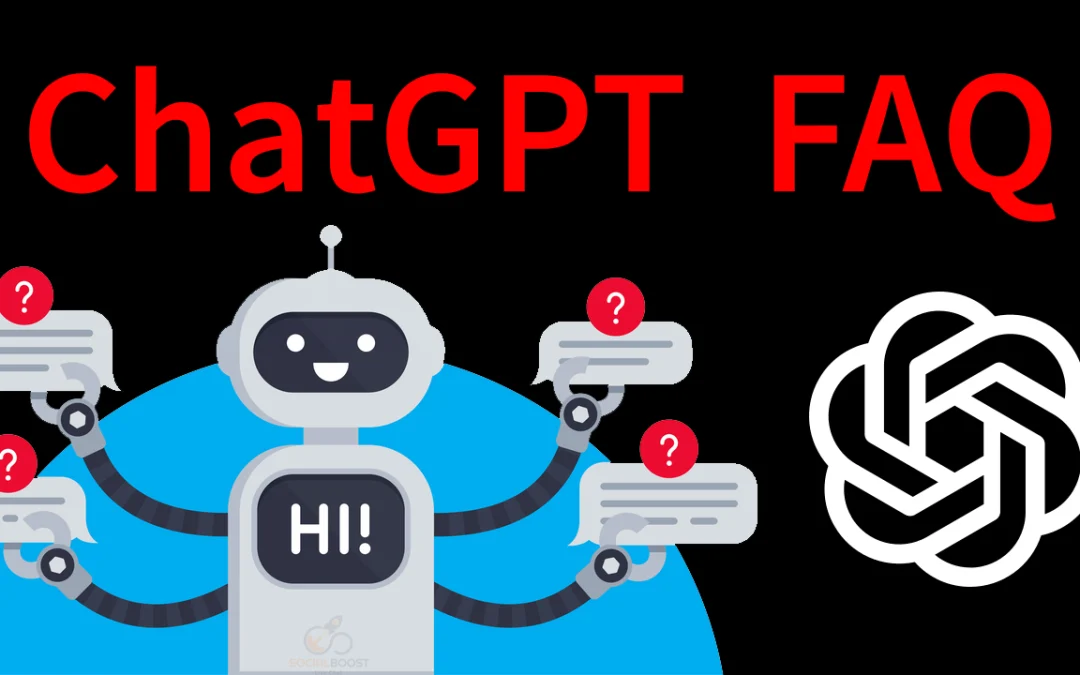
by admin | Jul 16, 2024 | Job, Employment Application, Interview Techniques, Job Analysis, Skills Gap Analysis
When it comes to finding a new job, creating a resume is an essential first step in the process. After all, your resume makes a first impression on employers and can mean the difference between an interview and an instant rejection. What information to include, how long it should be, and how to design and format it, are examples of things that need to be carefully considered. With the rising popularity of AI (Artificial Intelligence), many people are turning to ChatGPT to find inspiration and spur some ideas to get the process rolling. But, can ChatGPT really be trusted for resume writing? The answer depends on how you use it. Let’s explore the dos and don’ts of AI generated resumes, below:
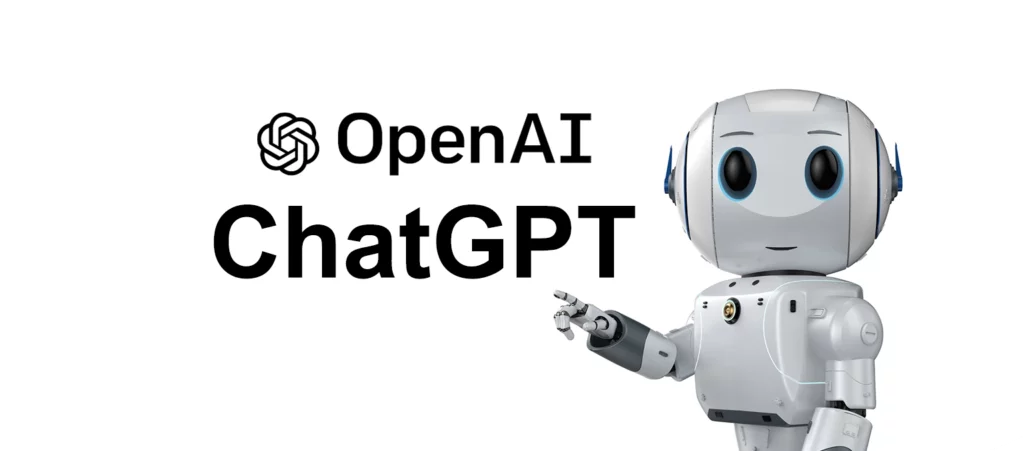
Dos for ChatGPT resume writing
Use it as a starting point: ChatGPT is a great place to find inspiration for content that is pertinent to the job you are applying for. It can help you learn more about the skills, experiences, and other qualifications required for a role, and how your background makes you the right fit.
Tailor your professional history for a specific job: It is crucial to align your resume with the specific role you are applying to. You can use ChatGPT resume prompts to modify your existing accomplishments to be more tailored to the requirements and responsibilities outlined in the job description. It can also help you incorporate keywords from the job posting, increasing your chances of passing through an applicant tracking system (ATS).
Help you highlight achievements: Leveraging numbers in your resume can really help you show your potential impact and demonstrate your strengths, but this is something that ChatGPT cannot come up with on its own. ChapGPT, however, can help you rewrite your accomplishments with more impactful language. This can help you better convey your achievements and help you stand out.
Proofreading: ChatGPT can be a useful tool for catching typos and grammatical errors, and suggesting edits quickly. However, it’s important to understand its limitations. Always have another human go through your resume to identify other improvements to things like style and tone that AI might not be able to pick up on.
Don’ts for ChatGPT resume writing
Forget to fact check: Just because ChatGPT says it’s true, doesn’t mean it actually is. ChatGPT gathers data from the internet, and sometimes it can pick up on notions rather than facts or make assumptions about your work history that aren’t true. Before you submit your resume, make sure that the statements you are making are valid and accurately represent your background, industry, and skillset.
Misrepresent yourself: In a similar vein, allowing ChatGPT to exaggerate your qualifications is deceitful to a potential future employer. You may look good in the moment but if you can’t back the skills up, it will quickly show through in an interview or if/when you are hired. Be honest and truthful about your skills and experiences.
Copy + paste: Simply copying and pasting the ChatGPT resume generated content into your final document shows lack of care and creativity. It’s essential to add your personal touch and use your own voice. At the same time, ensure your resume is visually appealing, well-organized, and easy to read. Use consistent fonts and styles, and bullet points throughout to make strong, clear points for the reader.
Share sensitive information: If you’re using an online AI tool, don’t share sensitive or personal information that you wouldn’t want to be stored or accessed by others.
In summary, ChatGPT can be a valuable tool when writing your resume, but it should be used wisely. Take advantage of its ability to generate content efficiently, but always review, customize, and edit the content to ensure it represents you accurately and professionally.
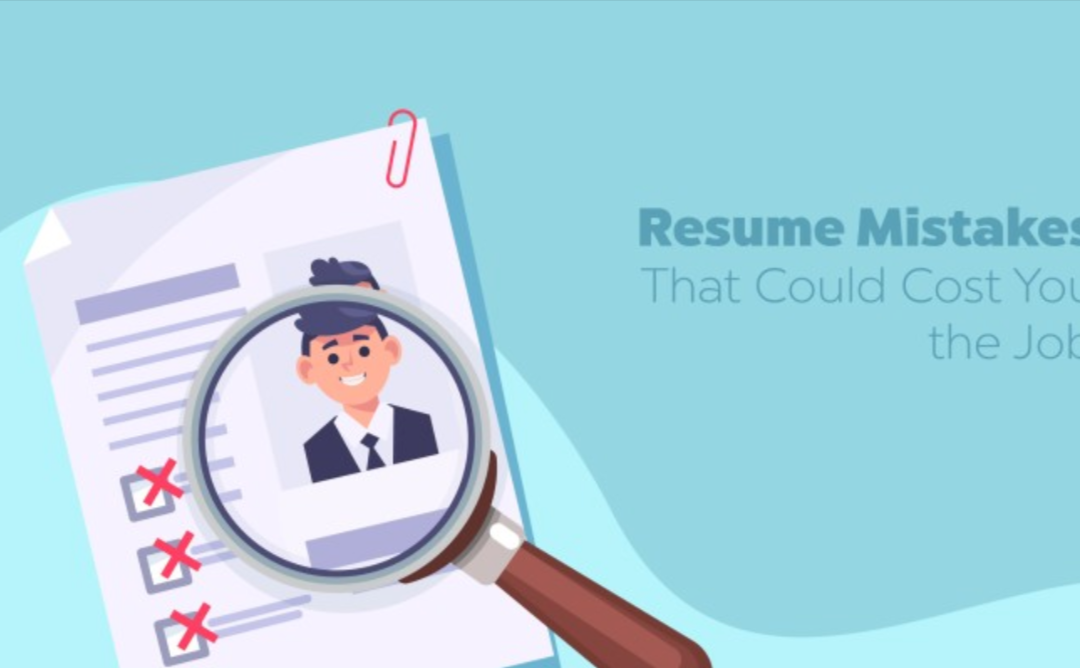
by admin | Jul 16, 2024 | Job, Employee Orientation, Employment Application, Interview Techniques
If you’re searching for a new job, you know how important it is to write a great resume. It’s the first impression a hiring manager will have of you, so you’ll need to make it count.
Although you may be a qualified candidate, you may be unknowingly making resume mistakes that can get you rejected from a role. To make sure you have a top-notch resume that will land you an interview, avoid these six resume mistakes.
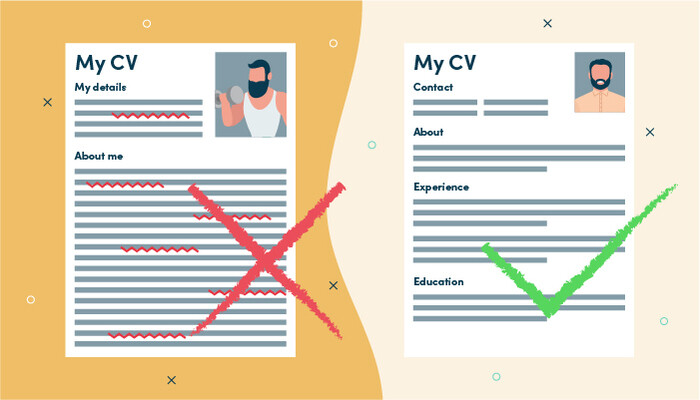
Being vague throughout your resume
To write a resume that stands out, you’ll need to do more than simply list out your daily tasks. Employers want to interview candidates they know can be successful in the role. They won’t know if you’re qualified if you aren’t specific with what you’ve done. That’s why it’s so important to write a detailed resume that showcases your particular skillset. Not only will it paint a better picture of your skills to the hiring manager, but it can also make you resume more memorable.
Not listing out your accomplishments at work
One of the biggest resume mistakes job seekers make is forgetting to include their accomplishments. Compared to simply telling the hiring manager what your previous responsibilities were, sharing your accomplishments shows the value you can offer the company. Being able to share your successes will make you more credible to the hiring manager and help you get through to the next stage of the hiring process.
Using Passive Tense Throughout Your Resume
The way you write your resume may make all the difference when applying to roles. That’s why you need to use action verbs over a passive tense throughout your resume. For example, avoid writing something like, “Revenue increased while working on digital campaigns” and instead write “Increased revenue by 10% through digital campaigns.” This will make you seem more assertive and accomplished throughout your entire resume.
Including irrelevant information
Most hiring managers will only skim through your resume before they decide if you’re a good fit. To make sure they only read the relevant parts of your resume, take out the outdated information that may not be applicable to the role. For example, if you’ve been working for 10 years, don’t include your college activities on your resume. Including this type of information will only take up space that you could be using to showcase why you’re a fit for the role.
Writing a generalized resume
It may take up less time on your end to only write a generalized resume, but you may not land any interviews with it. You don’t necessarily need to redo your entire resume for each role you apply to. However, it is beneficial to tweak your resume based on the job description. To save time, take a look at the roles you’ve applied for. Do they fall into different categories? If so, create different resumes that align with the different categories of roles you’re interested in to keep yourself more organized.
Not running a spellcheck
Attention to detail is essential for most jobs out there. If you have multiple grammatical and spelling errors, your resume will land in the trash folder right away. Take the time to look through your resume to make sure everything is spelled correctly and written properly. This only takes a few minutes and can make all the difference when you apply to roles.

by admin | Jul 16, 2024 | Employee Handbooks, Employee Orientation, Employment Application, Interview Techniques, Job, Skills Gap Analysis
Losing a valuable employee is never easy. It can take weeks or months to find a replacement, and the void can place a heavy burden on the rest of your team. Employee retention with top performers can be tricky—it is difficult to tell when they are dissatisfied, and you may be inadvertently making critical mistakes. According to our 2019 Hiring Outlook, here are the top 4 reasons why good employees leave:

Lack of work-life balance
With flexible working arrangements becoming more accessible, top employees are less willing to compromise. When more flexible options are available, employees are quick to leave if they don’t have the work-life balance they desire. Take a look at your flexible work policies to see how you might be able to improve your offerings and increase retention.
Poor relationship with manager
The relationship between manager and employee affects the daily experience of every staff member. An employee’s manager might be driving away top talent if they:
Are not transparent
don’t recognize accomplishments
don’t ensure their employees feel valued
Ensure that leadership within your company are setting a positive example for their staff and communicating well with their team.
Not a cultural fit
When employees don’t feel a part of the group, they are quick to find somewhere else where they feel like they belong. Company culture is more than just parties—it’s about ensuring that your staff feels valued, and they know that you prioritize people over profit. The more employees build trusting relationships with one another, the stronger your culture is.
Lack of advancement opportunities
The #1 reason professionals left their last job was lack of advancement opportunities. Today’s employees prioritize career development more than anything else, and the most talented professionals are always looking for ways to expand their skillsets. If they feel their work has become too “routine” or fear that they have become complacent with evolving industry trends, they’ll start exploring opportunities that offer more growth potential.
Source:https://tandymgroup.com
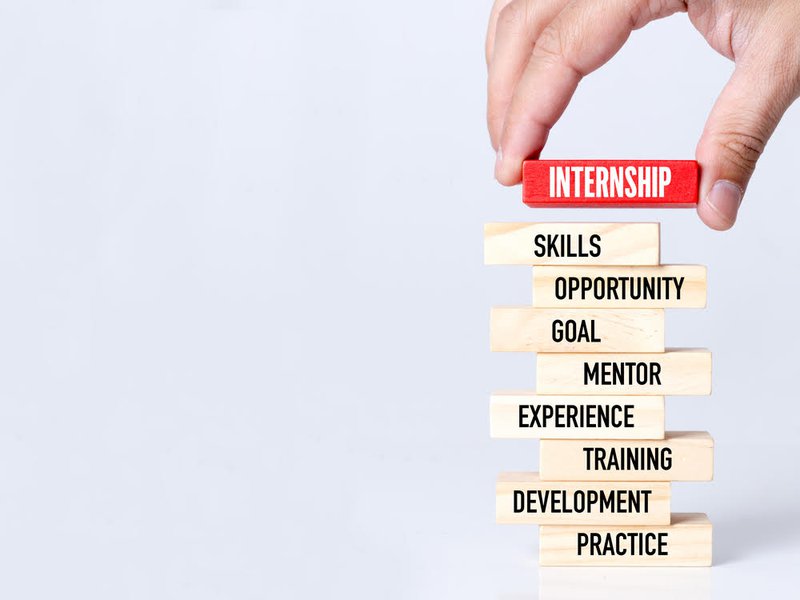
by admin | May 29, 2024 | Employee Handbooks, Employee Orientation, Employment Application, Interview Techniques, Job Analysis, Skills Gap Analysis, Uncategorized
Preparing for an internship involves several steps to ensure you’re ready to make the most of the experience. Here are some key steps to consider: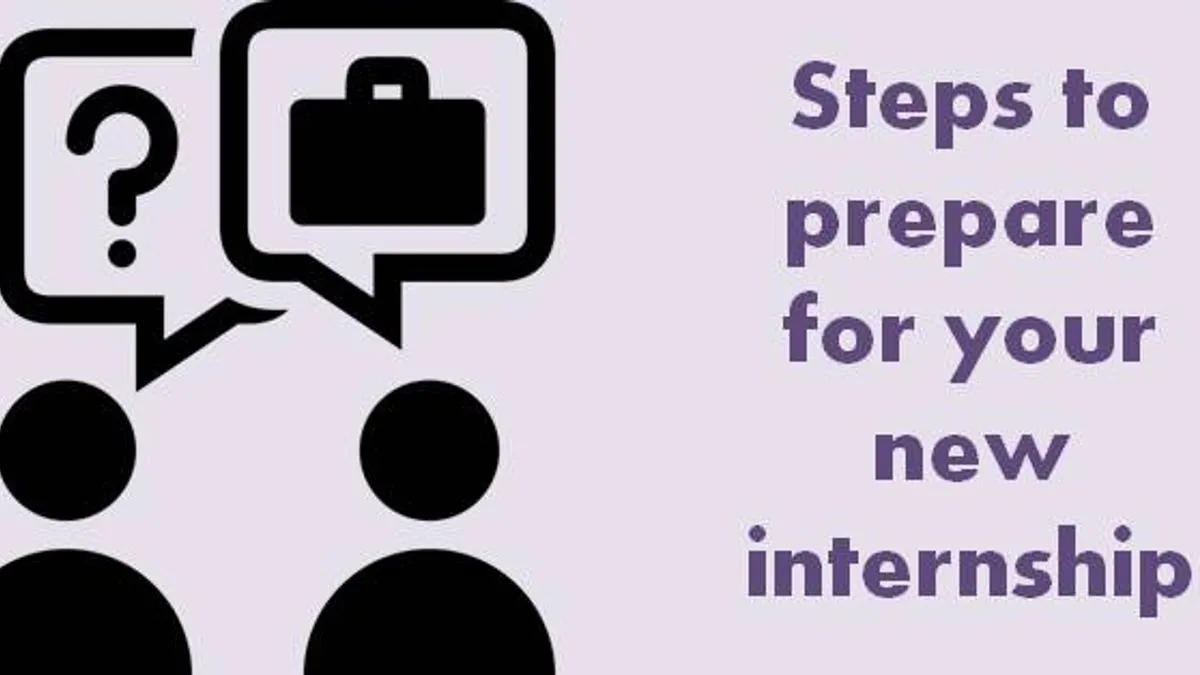
1. Research the Company:
– Understand the company’s mission, culture, products, and the industry it operates in. This will help you make informed contributions and ask insightful questions.
2. Review the Job Description:
– Familiarize yourself with the tasks you’ll be expected to perform. Understanding the skills and knowledge required will help you focus your preparation.
3. Update Your Resume and Cover Letter:
– Tailor your resume and cover letter to highlight skills and experiences relevant to the internship. Make sure they are error-free and professional.
4. Prepare for the Interview:
– Practice common interview questions and scenarios specific to the role you’re applying for. Consider doing mock interviews with friends or mentors to build confidence.
5. Develop Relevant Skills:
– Based on the job description, work on any skills you need improvement on. This could involve taking online courses, reading relevant books, or practicing certain tasks.
6. Network:
– Reach out to current or past employees at the company, especially those in the department you’re interested in. LinkedIn can be a great tool for this. Ask them about their experience and any advice they might have for a newcomer.
7. Understand Professional Etiquette:
– Learn about professional etiquette in your industry, including dress code, communication norms, and office behavior.
8. Set Goals:
– Think about what you want to achieve during your internship. Setting clear, achievable goals can help you stay focused and make the most of your experience.
9. Prepare Logistically:
– Ensure you know the commute time, workspace setup, start date, and work hours. If it’s a remote internship, check your internet connection and digital tools you might need.
10. Stay Organized:
– Keep track of important dates, tasks, and any materials you need for your internship. Using a planner or digital tools can help manage your responsibilities effectively.
By following these steps, you’ll be well-prepared to start your internship and make a positive impression!
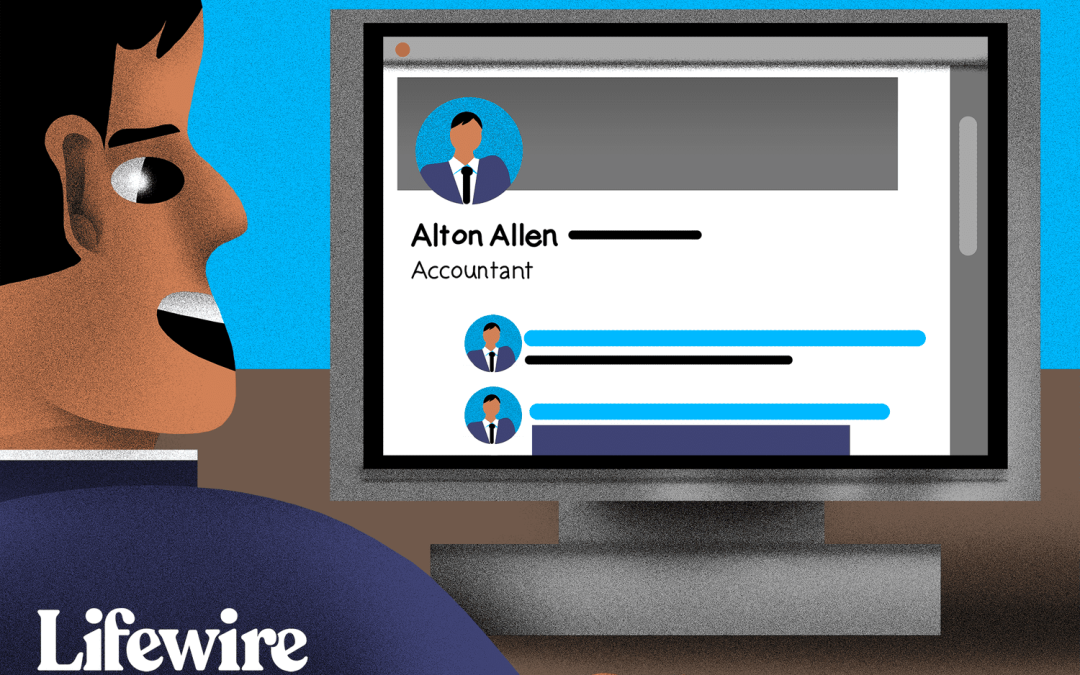
by admin | May 3, 2024 | Employee Orientation, Employment Application, Interview Techniques, Job Analysis, Skills Gap Analysis
Title: Unlocking the Power of LinkedIn: Crafting Your Profile as a Student and Job Seeker
In today’s digital age, LinkedIn has become more than just a professional networking platform; it’s a powerful tool for students and job seekers alike to showcase their skills, experiences, and aspirations. With over 700 million users worldwide, LinkedIn offers a vast network of opportunities waiting to be explored. So, how can you make the most out of this platform to build your profile effectively as both a student and a job seeker? Let’s dive in.
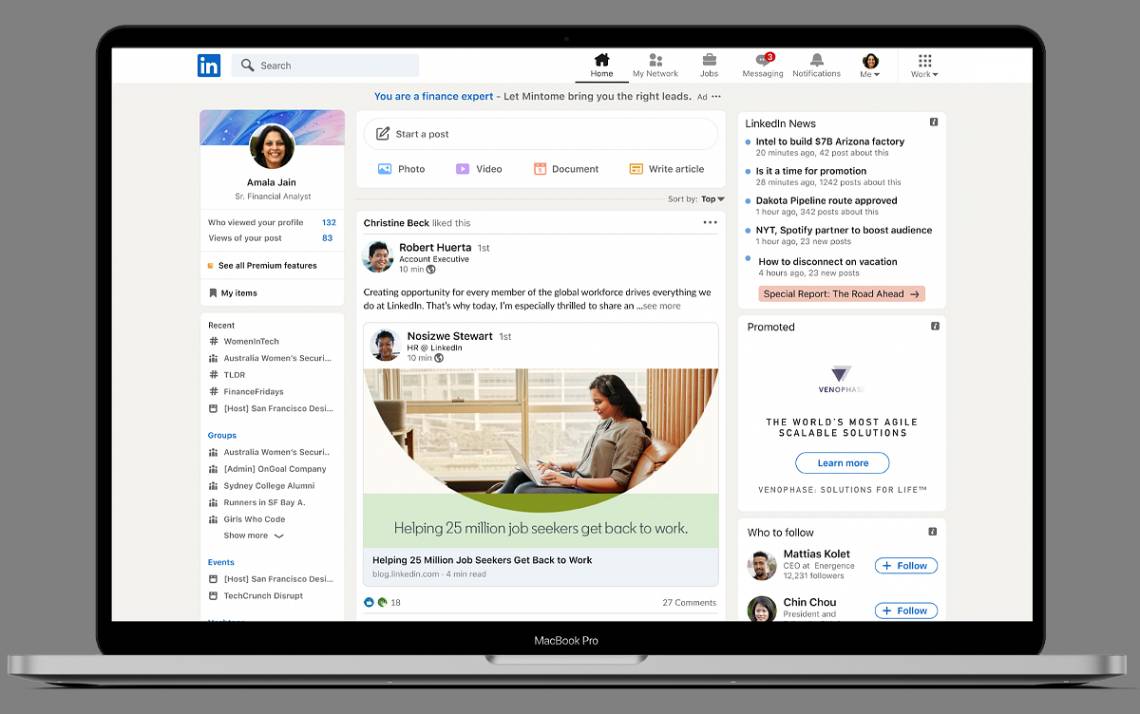
1. Optimize Your Profile
Your LinkedIn profile is your digital resume, so make sure it shines. Start with a professional profile picture and a compelling headline that highlights your current status (e.g., “Motivated Student | Aspiring Software Developer”). Craft a summary that showcases your unique strengths, passions, and career goals. Don’t forget to fill out your experience, education, skills, and other relevant sections to provide a comprehensive overview of your background.
2. Showcase Your Achievements
Whether it’s academic accolades, volunteer work, internships, or personal projects, highlight your achievements prominently on your profile. Use concise yet descriptive language to demonstrate the impact you’ve made in each role or endeavor. Include relevant keywords to increase your visibility in searches conducted by recruiters and employers.
3. Build Your Network
Networking is key on LinkedIn. Connect with classmates, professors, industry professionals, and alumni to expand your network. Personalize connection requests to establish genuine connections. Join LinkedIn groups related to your field of study or career interests to engage with like-minded individuals and participate in discussions.
4. Engage with Content
Stay active on LinkedIn by sharing insightful articles, commenting on posts, and congratulating others on their achievements. Engaging with content not only helps you stay visible but also positions you as a knowledgeable and enthusiastic professional in your field. Don’t hesitate to share your own thoughts, experiences, and projects to spark meaningful conversations.
5. Seek Opportunities
Utilize LinkedIn’s job search feature to explore internship, part-time, and full-time opportunities aligned with your interests and career goals. Follow companies you’re interested in to stay updated on their latest developments and job openings. Consider reaching out to recruiters or hiring managers directly with personalized messages expressing your interest and qualifications.
6. Request Recommendations
Gather recommendations from professors, supervisors, or colleagues who can vouch for your skills and work ethic. These testimonials add credibility to your profile and provide valuable insights for potential employers. Don’t hesitate to reciprocate by writing recommendations for others in your network.
7. Continuously Update and Improve
Your LinkedIn profile is a work in progress. Regularly update it with new experiences, skills, certifications, and accomplishments. Stay informed about industry trends and best practices to ensure your profile remains relevant and compelling.
In conclusion, LinkedIn offers a plethora of opportunities for students and job seekers to showcase their talents, connect with professionals, and pursue their career aspirations. By optimizing your profile, building your network, engaging with content, and actively seeking opportunities, you can leverage this platform to propel your academic and professional journey forward. So, why wait? Start crafting your standout LinkedIn profile today and unlock the doors to endless possibilities.

by admin | Apr 19, 2024 | Job Analysis, Employment Application, Interview Techniques, Job, Skills Gap Analysis
Interview Preparation Strategies: Mastering the Art of the Job Interview

Congratulations on landing a job interview! This is your opportunity to showcase your skills and fit for the position. Effective preparation is key to calming your nerves and making a great impression. Here are some proven strategies to help you prepare thoroughly and increase your confidence ahead of your interview.
Research the Company
- Understanding the Organization
Start by thoroughly researching the company. Visit their website, review their “About Us” section, and understand their products, services, and the industries they operate in. Familiarize yourself with the company’s mission, values, and recent news. This will not only help you tailor your responses but also show your genuine interest in being part of the organization.
- Know the Industry
Broaden your research to include the industry. Being aware of current trends, challenges, and key players can make you stand out as a knowledgeable candidate. This shows that you are engaged in your professional field beyond just seeking employment.
Analyze the Job Description
- Role Requirements
Carefully read the job description and note the specific skills and experiences required. Think about how your background matches these requirements. Be prepared to discuss how your previous job experiences, skills, education, and personal competencies make you the ideal candidate for the job.
- Prepare Your Examples
Use the STAR method (Situation, Task, Action, Result) to prepare concise and compelling stories about your past experiences that demonstrate your qualifications for the job. This method helps you structure your answers in a way that clearly highlights your accomplishments and relevance to the position.
Practice Common and Behavioral Interview Questions
- Anticipate Questions
Prepare answers for common interview questions such as “Tell me about yourself,” “What are your strengths and weaknesses?” or “Where do you see yourself in five years?” Also, prepare for behavioral questions that require you to describe past work experiences as evidence of your skills and abilities.
- Mock Interviews
Conduct practice interviews with friends, family, or mentors. Rehearsing out loud is crucial. It helps you refine your answers, become more comfortable with your narrative, and reduce anxiety. You can also record yourself to review your body language and delivery.
Plan Your Journey and Outfit
- Logistics
Ensure you know exactly where the interview is, how to get there, and how long the journey will take. Arriving a bit early is important, but not too early as it might inconvenience your interviewer. Aim to arrive about 10-15 minutes before your scheduled time.
- Professional Attire
Choose your outfit in advance. Your attire should fit the company’s culture while leaning towards professionalism. When in doubt, it’s better to be slightly overdressed than underdressed.
Prepare Thoughtful Questions
- Demonstrate Engagement
Towards the end of the interview, you’ll usually be asked if you have any questions. Prepare a few insightful questions that demonstrate your interest in the role and the company. Avoid questions about salary or benefits in the first interview; focus instead on learning more about the company’s culture, team, or future projects.
- On the Day of the Interview
Be Mindful of Non-Verbal Cues
Pay attention to your body language. Offer a firm handshake, maintain good eye contact, and sit up straight. These non-verbal cues can communicate confidence and respect.
- Be Authentic
While it’s important to be professional, it’s equally important to be yourself. Authenticity can set you apart from other candidates as it provides a genuine glimpse into who you are and how you will fit into the company culture.
Conclusion
Preparation can significantly impact your performance in a job interview. By researching, practicing, and planning, you set yourself up for success. Remember, an interview is not just about getting the job, but also about ensuring the job is right for you. Go into your interview prepared, confident, and ready to show why you are the best candidate for the position. Good luck!











